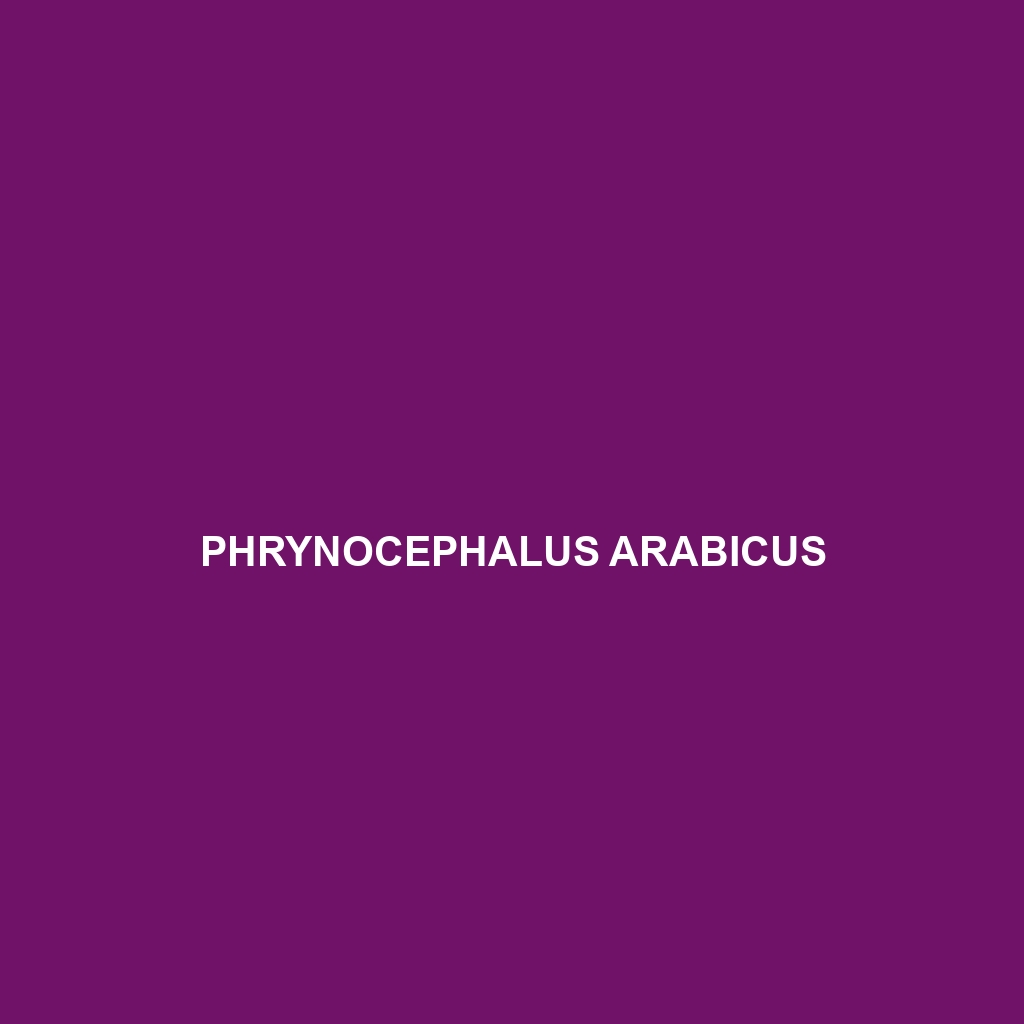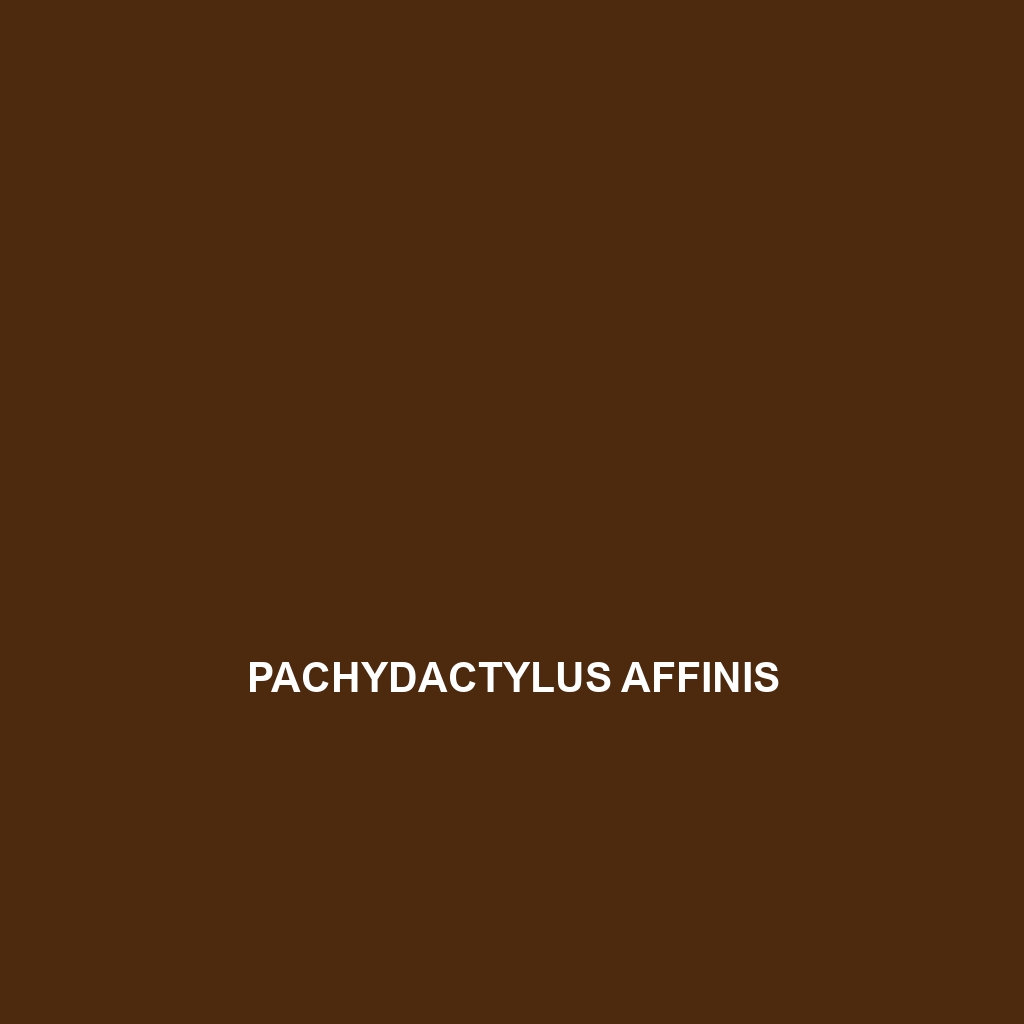<p><b>Sonora mosaueri</b> is a medium-sized, nocturnal reptile native to the arid regions of the southwestern United States and northwestern Mexico, known for its distinctive brown and cream-colored bands, large expressive eyes, and unique hunting techniques. As an opportunistic carnivore, it plays a vital role in regulating local ecosystems and is adapted to thrive in diverse habitats, making it a fascinating species for both researchers and enthusiasts.</p>
Tag: desert fauna
Sonora mosaueri
<p><b>Sonora mosaueri</b> is a medium-sized, nocturnal reptile native to the arid regions of the southwestern United States and northwestern Mexico, known for its distinctive brown and cream-colored bands, large expressive eyes, and unique hunting techniques. As an opportunistic carnivore, it plays a vital role in regulating local ecosystems and is adapted to thrive in diverse habitats, making it a fascinating species for both researchers and enthusiasts.</p>
Ptyodactylus homolepis
<b>Ptyodactylus homolepis</b>, also known as the homolepis gecko, is a slender insectivore found in arid regions of North Africa and the Middle East, characterized by its ability to camouflage with light brown to gray coloration and a unique ability to change color based on its environment. This nocturnal species plays a crucial ecological role by regulating insect populations and serves as prey for larger predators, showcasing remarkable adaptations that enable it to thrive in diverse habitats.
Pristurus schneideri
<b>Pristurus schneideri</b> is a slender, nocturnal lizard native to the Arabian Peninsula, known for its distinct light brown to gray coloration with darker spots, and its ability to thrive in rocky, arid habitats. This insectivorous species plays a vital role in controlling insect populations and exhibits fascinating mating behaviors during the breeding season.
Ptyodactylus homolepis
<b>Ptyodactylus homolepis</b>, also known as the homolepis gecko, is a slender insectivore found in arid regions of North Africa and the Middle East, characterized by its ability to camouflage with light brown to gray coloration and a unique ability to change color based on its environment. This nocturnal species plays a crucial ecological role by regulating insect populations and serves as prey for larger predators, showcasing remarkable adaptations that enable it to thrive in diverse habitats.
Pristurus schneideri
<b>Pristurus schneideri</b> is a slender, nocturnal lizard native to the Arabian Peninsula, known for its distinct light brown to gray coloration with darker spots, and its ability to thrive in rocky, arid habitats. This insectivorous species plays a vital role in controlling insect populations and exhibits fascinating mating behaviors during the breeding season.
Platyceps rhodorachis
Discover the Platyceps rhodorachis, a slender, reddish-brown snake native to the arid regions of Northern Africa, known for its excellent camouflage and nocturnal hunting behavior. This carnivorous species primarily preys on small mammals and lizards, playing a vital role in maintaining ecological balance within its desert habitat.
Phrynocephalus forsythii
Forsyth's Lizard (<i>Phrynocephalus forsythii</i>) is a robust insectivore native to the arid regions of central and western Asia, known for its excellent camouflage and ability to thrive in rocky and sandy habitats. This diurnal species displays intriguing social behaviors and plays a crucial role in maintaining the ecological balance as both a predator and prey.
Phrynocephalus arabicus
Discover the intriguing Phrynocephalus arabicus, a resilient lizard from the arid deserts of the Arabian Peninsula, known for its unique flattened body, broad spiny scales, and remarkable adaptability to extreme temperatures. This fascinating insectivore plays a crucial role in maintaining ecological balance by regulating insect populations while serving as a vital food source for larger predators.
Pachydactylus affinis
<p><b>Pachydactylus affinis</b>, a resilient gecko native to Namibia and South Africa, thrives in arid environments and exhibits distinctive mottled skin for camouflage. This nocturnal insectivore features large, bulbous toes for climbing and plays a crucial role in controlling insect populations within its ecosystem.</p>









